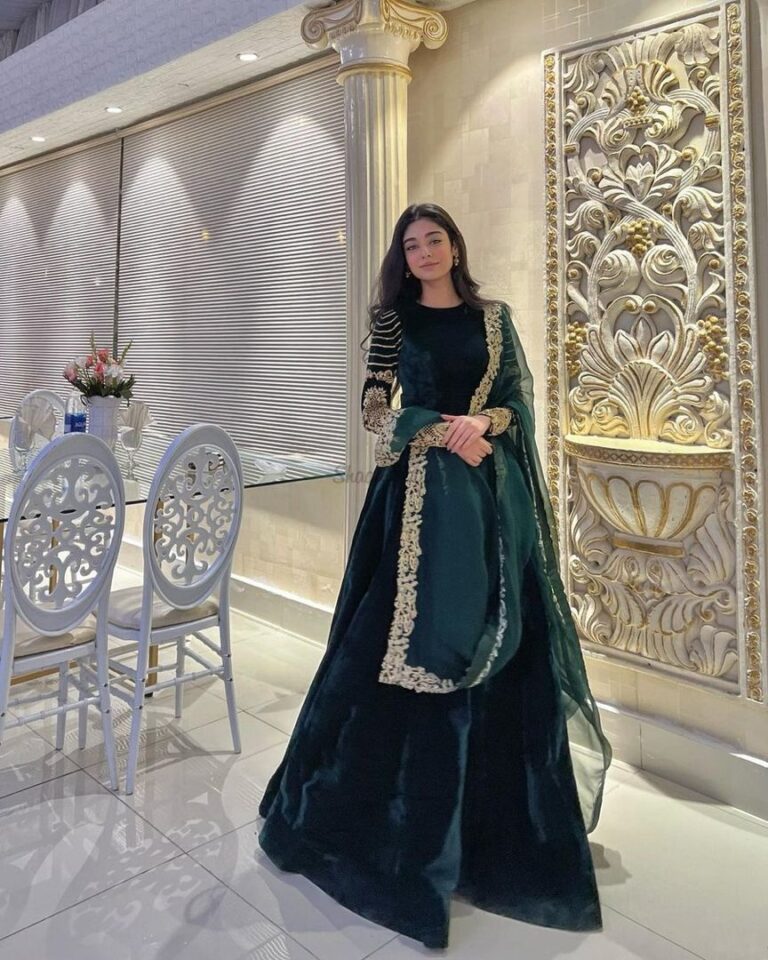Pakistani clothes are a vibrant reflection of centuries-old traditions, regional diversity, and ever-evolving fashion sensibilities. From the ornate bridal lehengas of Punjab to the intricate mirror work of Sindh, the clothing of Pakistan tellsstories of heritage, celebration, and identity. Whether stitched or unstitched, formal or casual, Pakistani attire has become a global symbol of sophistication and cultural pride.
Traditional Roots: A Journey Through History
The evolution of Pakistani clothes is deeply rooted in the country’s historical and cultural development. Drawing influence from the Mughal Empire, Persian artistry, Central Asian nomadic styles, and the rich textile heritage of the Indian subcontinent, traditional Pakistani fashion combines intricate craftsmanship with regal elegance.
Classic outfits like shalwar kameez—a tunic paired with baggy trousers—are worn by both men and women and are recognized as the national dress of Pakistan. While the basic silhouette remains consistent, each province adds its own flair: the phulkari embroidery of Punjab, the ajrak prints of Sindh, the minimalist tailoring of Balochistan, and the vibrant threads of Khyber Pakhtunkhwa.
Fabrics that Tell a Story
One of the defining features of Pakistani clothes is the fabric selection. From the breathable lawn cotton popular during scorching summers to the lush velvets and silks that dominate winter and formal wear, fabric choices reflect both utility and beauty. The fashion industry in Pakistan produces a vast array of textiles that cater to every season and occasion.
Lawn, in particular, has earned international recognition. Known for its light, airy quality and bold digital prints, lawn suits have become a staple in summer wardrobes across South Asia and among diaspora communities abroad.
For winter and festive collections, designers favor luxurious fabrics such as jamawar, organza, chiffon, karandi, and raw silk, often embellished with thread work, sequins, zari, or gota.
Modern Aesthetics: The Rise of Designer Labels
Over the past two decades, the Pakistani fashion scene has seen a transformation, with designers gaining international acclaim for their innovative take on tradition. Brands like Elan, Sana Safinaz, Maria B., HSY, and Deepak Perwani have introduced ready-to-wear lines, bridal couture, and luxury pret that appeal to both traditional and modern tastes.
Today, Pakistani clothes straddle the line between cultural heritage and global trends. Designers experiment with asymmetric cuts, minimalist aesthetics, and fusion wear—blending Western silhouettes with Eastern embellishments. As a result, women can now wear a traditional kurti with palazzo pants or a tailored pant saree with intricate embroidery, reflecting a modern interpretation of desi fashion.
Wedding and Festive Wear: Grandeur and Glamour
When it comes to weddings, Pakistani clothes become a celebration of color, luxury, and meticulous craftsmanship. Bridal wear is perhaps the most dazzling segment of the industry. Brides are often seen in heavily adorned lehenga cholis, ghararas, or long maxis, drenched in embroidery styles such as zardozi, dabka, and nakshi work.
Colors range from deep reds and maroons to contemporary hues like pastels, gold, and ivory. Matching dupatta (scarves) are delicately crafted with scalloped edges, tilla, and mukesh embellishments. Men, too, shine on these occasions in embroidered sherwanis, waistcoats, and turbans.
Festive collections like Eid, Basant, or cultural days also bring out the best in Pakistani clothing, with designers launching seasonal lines in a flurry of color and creativity.
Everyday Elegance: Casual and Semi-Formal Wear
Not all Pakistani clothes are about grandeur. Everyday fashion focuses on comfort, modesty, and ease of movement, while still maintaining an element of style. Unstitched suits are incredibly popular, giving women the flexibility to get outfits stitched to their preferences.
Brands like Khaadi, Nishat Linen, Gul Ahmed, and Alkaram offer seasonal collections that include 2-piece or 3-piece suits in elegant prints, soft fabrics, and budget-friendly options. Semi-formal wear often includes lightly embroidered or printed shirts with straight pants or cigarette trousers—perfect for daily wear, office settings, or family gatherings.
The affordability, variety, and adaptability of these clothes make them a wardrobe essential for millions across Pakistan and the world.
Pakistani Clothes on the Global Stage
Thanks to a growing diaspora and the rise of e-commerce, Pakistani clothes have found fans worldwide. Pakistani fashion weeks, international pop-ups, and online stores ship to countries like the USA, UK, UAE, Canada, and Australia, catering to South Asian communities looking for traditional attire with modern updates.
Moreover, celebrities and influencers have played a pivotal role in boosting the global visibility of Pakistani designers. Social media platforms like Instagram and TikTok have made it easier than ever to discover, shop, and showcase Pakistani clothing around the world.
Sustainability and Ethical Fashion
In recent years, sustainability has emerged as a vital concern within the fashion industry. Many Pakistani designers and brands are now taking steps toward ethical production, reducing waste, and using eco-friendly materials. Artisan-based production, which supports local embroidery specialists and weavers, is being revived to ensure that heritage techniques are preserved while promoting fair trade.
Final Thoughts
Pakistani clothes represent far more than fabric and thread—they are a manifestation of history, identity, and craftsmanship. From the traditional to the contemporary, every piece tells a story of culture passed through generations. As the industry continues to grow and adapt, Pakistani fashion remains a dynamic and influential force that inspires people both at home and across the globe.



